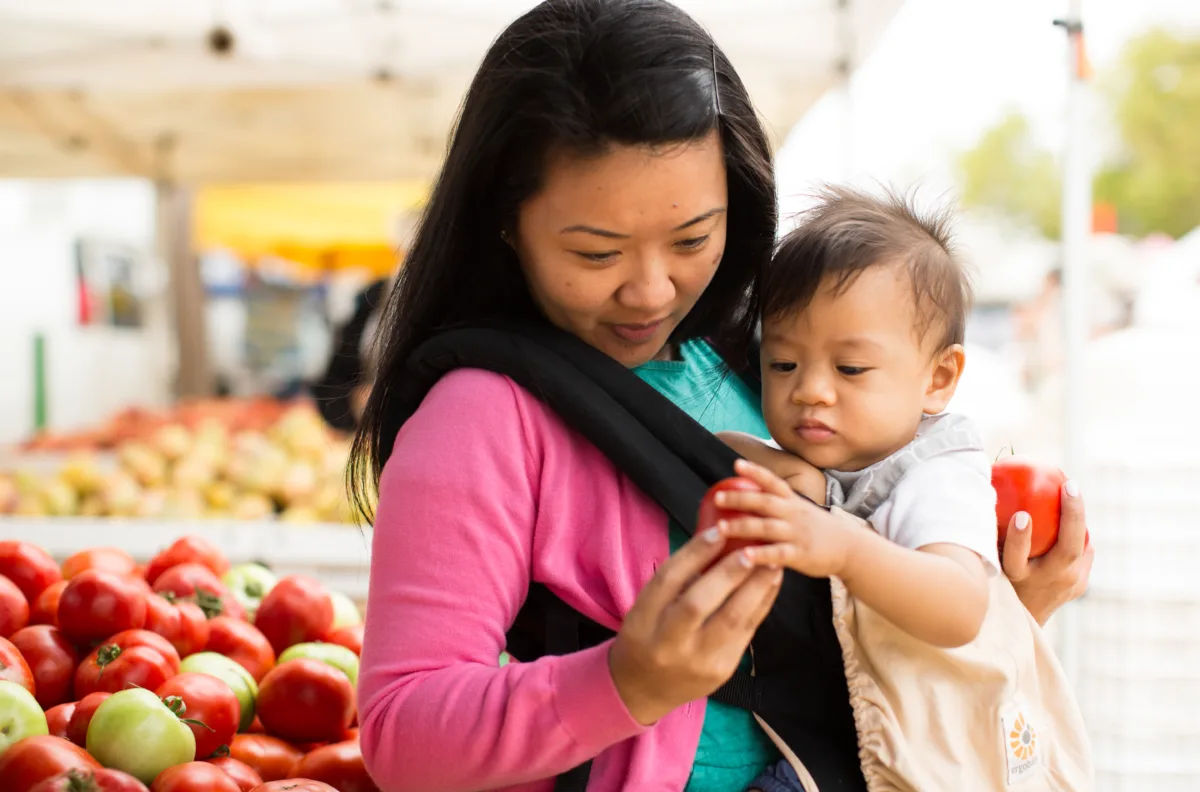Few programs have as broad an impact on the health of children and families as school meals. They are one of the healthiest sources of foods for school-age children, which is significant as some children receive up to half of their daily calories at school. Further, school meal programs are an essential tool to advance health and racial equity because they reach every child in the U.S. who attends public school. Healthier meals are also likely to increase student participation in school breakfasts and lunches, which can boost revenue for schools.
In April 2024, the USDA finalized its rule for school meal standards, aligning them with the latest dietary guidance. The changes include:
- Implementing limits on added sugars in breakfast cereals, milks, and yogurts; and
- Phasing in a reduction of sodium levels.
RWJF submitted comments in support of these updates, urging USDA to implement the limits on sodium and added sugars on a quicker timeline to more fully align with the latest dietary guidelines.
Read the Food Research & Action Center’s new reports on The Reach of School Breakfast and Lunch and The State of Healthy School Meals for All to learn more about the impact of school meals.








